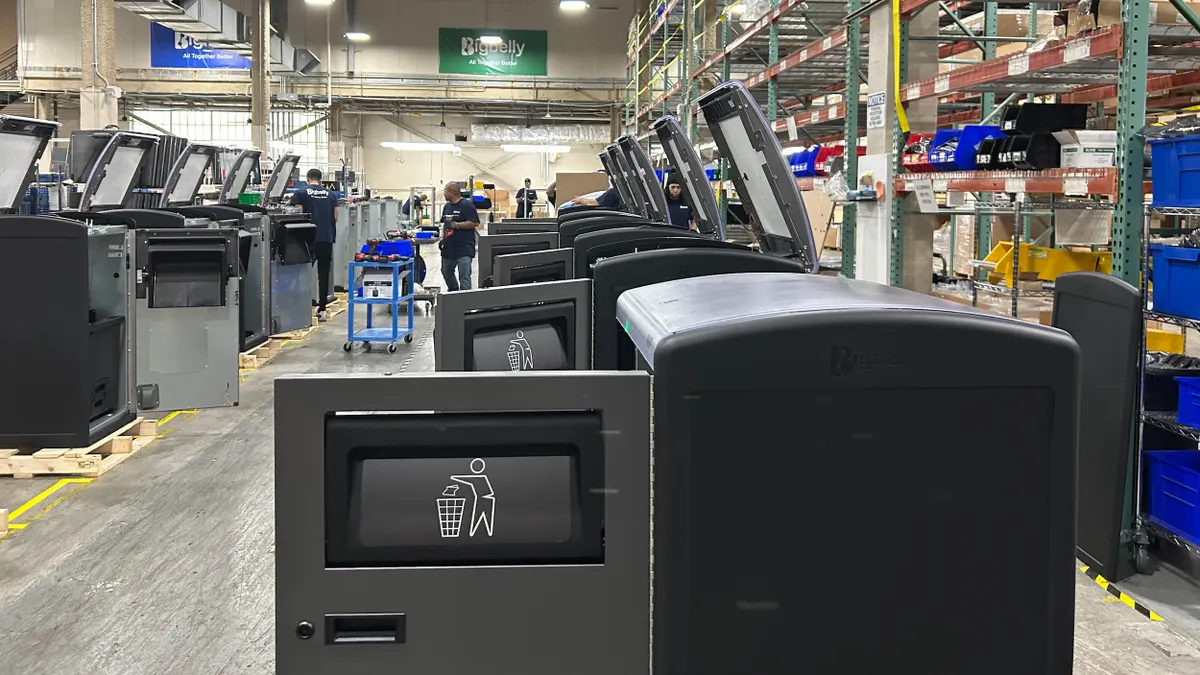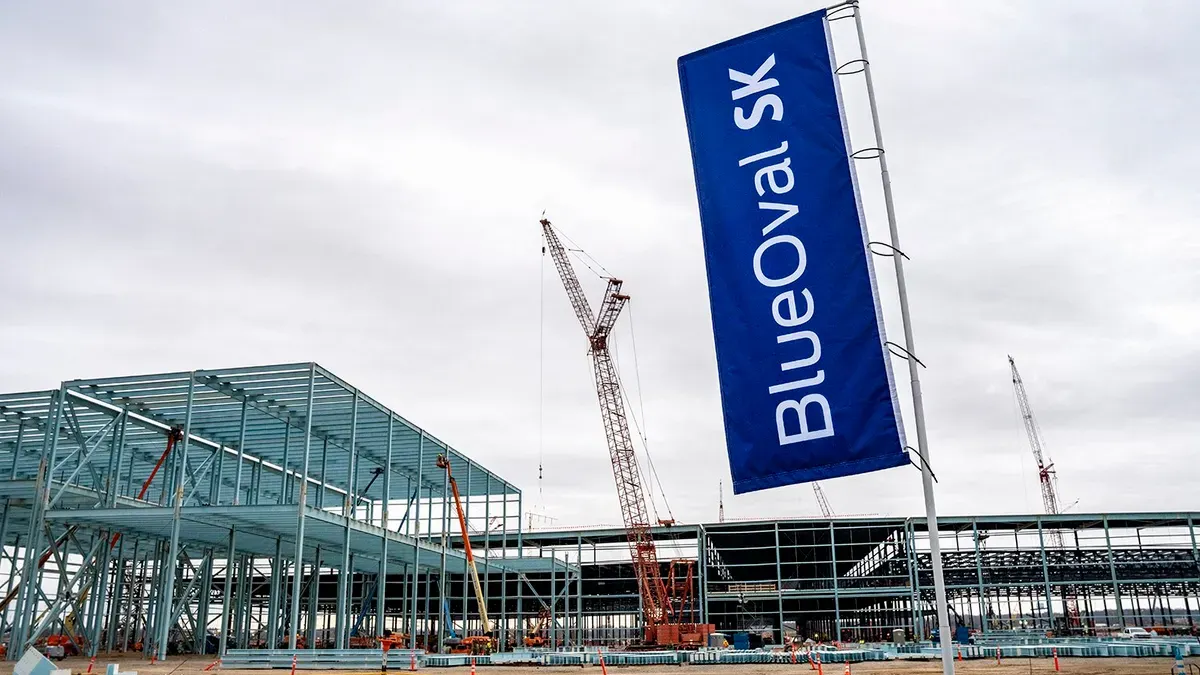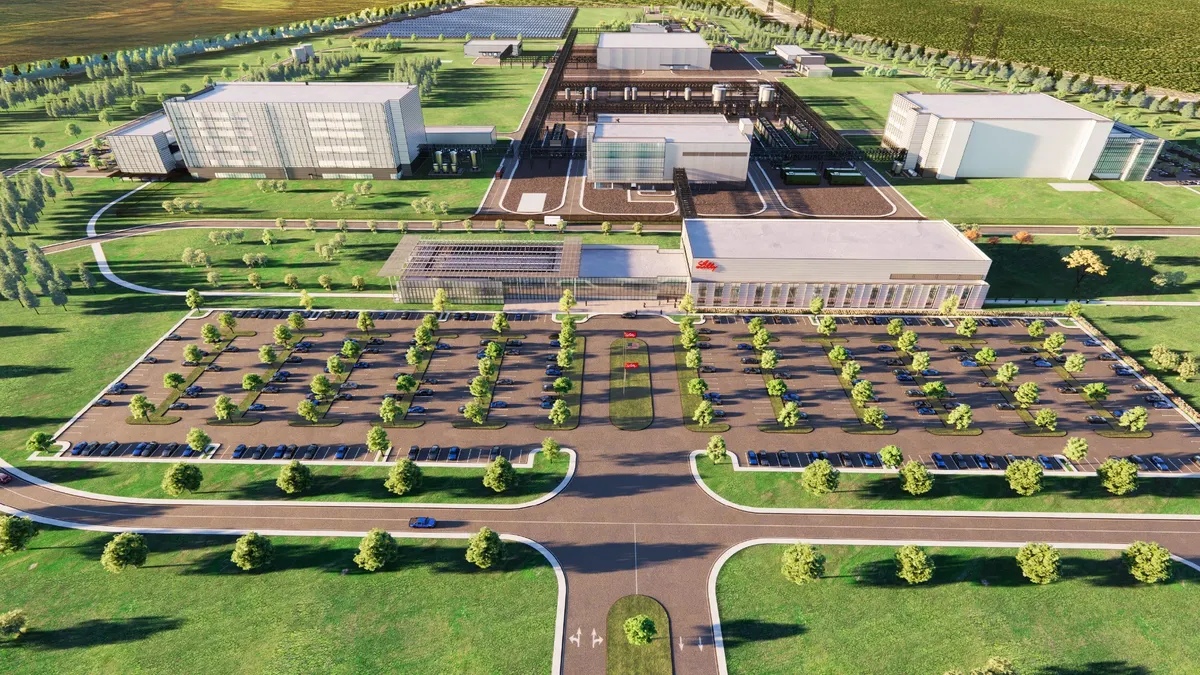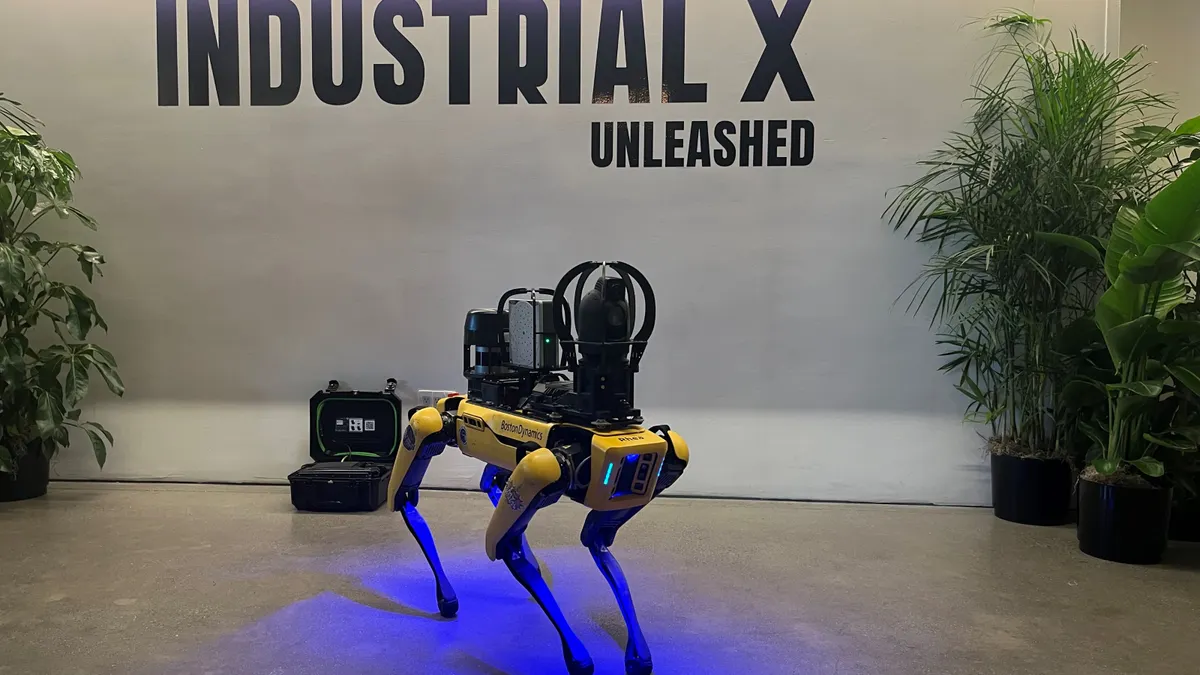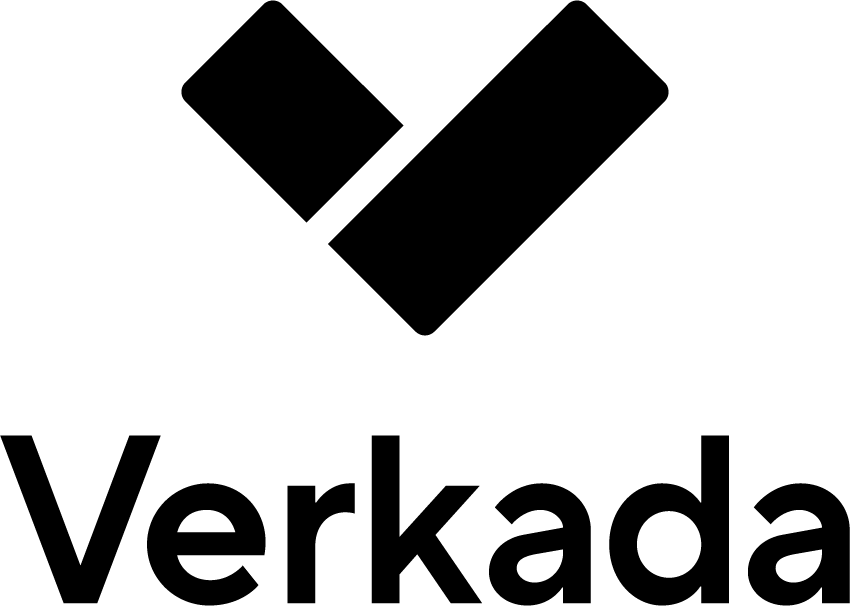Panelists at Nvidia GTC on Wednesday discussed how the growth of data centers and internet-connected technologies is creating various opportunities for the manufacturing and construction industries.
Between 2010 and 2018, global data center workloads and virtualized computing resources increased sixfold as organizations moved away from smaller data halls toward larger, cloud-efficient data centers, according to a 2020 report in the journal Science.
Furthermore, a 2023 Deloitte report noted that the average U.S. household has 13 device types and 21 connected devices. Items such as thermostats, smart watches, blinds and dishwashers are now connected devices, requiring data storage to house the information the smart devices generate, said Josh Levi, president of the trade group, the Data Center Coalition.
Moreover, the use of artificial intelligence and machine learning has increased data centers’ workload, with some facilities dedicated solely to those systems, which Levi expects will continue to grow and make an economic impact.
Manufacturers have been integrating AI in their operations, including product design, the shop floor and supply chain management, according to a new report released by the National Association of Manufacturers on Wednesday, Manufacturing’s Roadmap to AI and Energy Dominance.
For example, prominent companies Belden, Lucid Motors, Taiwan Semiconductor Manufacturing Co., Caterpillar and Foxconn Industrial Internet are using Nvidia’s Omniverse technologies to accelerate AI-powered manufacturing.
Additionally, Foxconn and Fanuc use technology from the Omniverse libraries to connect to their robotics. Furthermore, Foxconn is using the Omniverse technologies to design, simulate and upgrade its 242,287-square-foot facility in Houston to manufacture Nvidia’s AI infrastructure systems.
At present, approximately 51% of manufacturers use AI, 60% plan to install AI in their operations by 2027, and about 80% said the technology will be vital to grow or maintain their businesses by 2030, according to NAM’s survey results.
“I think a lot of folks don’t think of AI as manufacturing or manufacturing processes,” said Jay Timmons, NAM’s CEO and president. “The truth of the matter is, every form of technology through decades has begun with manufacturers, and we drive it forward.”
Manufacturing components and retrofit opportunities
Direct employment in the U.S. data center market grew by over 50% from 2017 to 2023, according to the Data Center Coalition’s economic contribution report with consulting firm PwC, released in February. Additionally, the data center industry’s total annual employment contribution increased by 60% over the same period, from 2.9 million jobs to 4.7 million jobs.
Levi added that people building the data centers and manufacturing and installing the equipment inside the facilities represent additional economic benefits.
The electrical equipment manufacturing segment has invested heavily in the data center market, spending approximately $185 billion on upgrading and expanding operations in the U.S. since 2018, according to an infographic from the National Electrical Manufacturers Association.
The electrical industry is also one of the largest markets in the country, valued at $375 billion.
NEMA company members are also trying to manufacture more data center components, such as wiring, cable, motors and transformers, as well as establish supply chains in the U.S., said CEO and President Debra Phillips.
“These are national security assets,” Phillips said. “You think about transformers, you think about critical minerals, these materials will go into the electrical products that are part of the data center space.”
Don Slaiman, political coordinator for Local 26 of the International Brotherhood of Electrical Workers, said the union has found that nearly 25% of its construction in the data center market involves retrofitting, as its members update and upgrade electrical infrastructure.
“The evolution of what is placed in these data centers changes so quickly,” Slaiman said. “So we got manufacturing, we got maintenance, we got construction, and we got retrofitting. So it’s a gift that keeps on giving for workers.”
What’s at stake
As of August, there are about 409,000 manufacturing job openings, and that number is expected to reach 3.8 million by 2033, according to NAM.
“What we’re going to see is that the jobs in manufacturing are going to require a different set of skills, and we're going to need folks that understand how to utilize this technology to make us safer, to make us more efficient, to make our operations faster,” Timmons said.
However, that could increase depending on the tax policy, regulatory modernization or the energy infrastructure, which Timmons said.
Additionally, panelists urged lawmakers to take action to strengthen the U.S.’s AI market and energy infrastructure, as data centers and AI take up around 60% of electricity on average, according to the International Energy Agency. NAM’s report noted members’ push for permitting reform on building out the energy infrastructure and products, as well as to streamline AI, energy and grid projects.
Levi adds that stabilizing the supply chain is important and that ensuring the market has the equipment and raw materials available for manufacturers and others to build and continue innovation.
“We have the manufacturers who are collaboratively working with the end user data centers to continue to innovate and develop new manufacturing capabilities in top data center markets,” Levi said.







